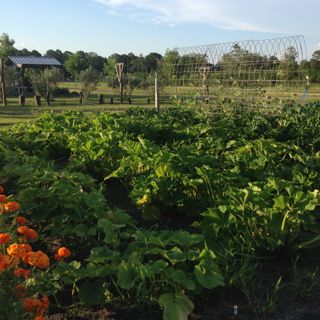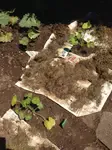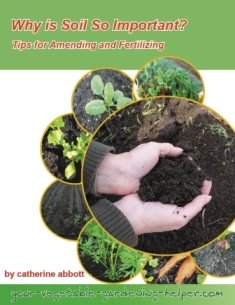Planting Zones

Do you know what planting zones you are in?
By learning more about your climate, temperature ranges and rainfall it will help you to plan and grow a healthier garden.
There are 11 "Plant Hardiness Zones," in the United States, Canada, and Europe. The regions are defined by a 10 degree Fahrenheit difference in the average annual minimum temperature. The higher the numbers, the warmer the temperatures for gardening in those zones.
Vegetable plants have different requirements to grow to maturity and to be pest and disease free. When plants do not have optimum growing conditions they are less likely to produce really well and more likely to be stressed. It can be very frustration to put a transplant or seed into the ground and it does not grow very well or produce anything.
There are cool loving vegetable plants that grow best in cooler temperatures like the spring or fall months. Others are heat loving plants and need the heat and lots of sunlight to grow their best.
Depending on what zone you live in you may be able to grow certain vegetable really well whereas others can be a challenge. In southern USA plants can be grown sometimes all year round. In northern Canada there is not enough hot weather for the length of time to grow heat loving plants like tomatoes really well.
The amount of sunlight is so important for growing vegetable, so looking at the the amount you will be getting in our area can help you determine which vegetables to plant in your garden.
Rainfall is not really predictable but you can still get an idea of the estimated amount for rainfall your area will get. By know this you can plan your watering needs more thoroughly. Do you need to set up an irrigation system? Can you get away with doing just some hand watering?
When starting a new garden taking the time to research and plan will make it more fun and successful.
Learn which planting zone you are in:
If you live in the United States check this picture to see what
USA plant hardiness zone you live in.
If you live in Canada check this picture to see what Canadian plant hardiness zone you live in.
If you live in Europe check this picture to see what European plant hardiness zone you live.
Many seed companies label products according to zone, so it's a good idea to know yours. This will give your vegetable garden the best possible chance to produce healthy and plentiful vegetables for you.
Return from Planting Zones to homepage
Recent Articles
-
Organic Gardening soil amendments - List of material?
Aug 09, 25 10:57 AM
What materials are best used as organic gardening soil amendments? -
Tips for disease control in your vegetable garden
Jul 14, 25 11:15 AM
Easy tips for disease control to keep your vegetable growing its best. -
Joy of vegetable Gardening
Jul 14, 25 11:01 AM
Everything you need to know is right here to have Joy of Vegetable Gardening





